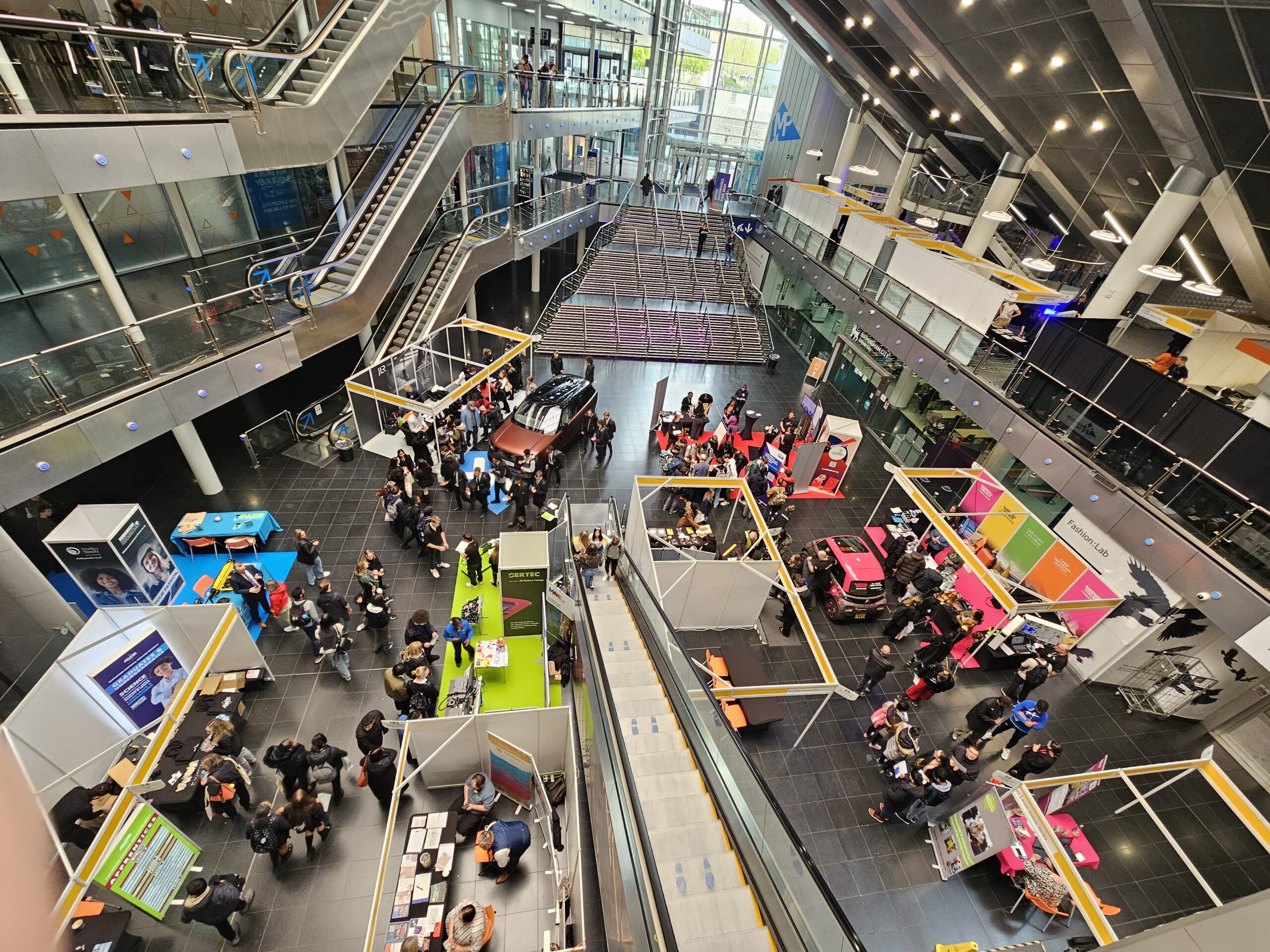5 reasons to invest in STEM education
At Millennium Point we believe that STEM (science, technology, engineering, and mathematics) is instrumental to the future. “STEM” accounts for a large breadth of industries in the UK and is one of the key factors to economic growth and prosperity. For example, the construction industry contributes £90bn alone.
Outside of economy, STEM provides vital services and mechanisms which improve quality of life, improve sustainability by shrinking human environmental impact, and provide innovations that help us flourish as a species.
However, these advances are being stifled by numerable issues plaguing STEM industries – chiefly of those in a STEM skills shortage, and STEM education poverty which is having a serious impact on young people, their futures, and the future of the UK as a whole.
Read more below as we look more into the impact of STEM education, and five reasons why investing in it creates the foundations for success for young people’s futures.
Better Education around STEM opportunities increases ambitions for young people

An impact report from STEM Learning surveyed (what age group or key stage level were they?) on their aspirations. Before ambassadors visited, 80% of the young people wanted to be YouTubers, Vets, Footballers, or Gamers. STEM Ambassadors then showed them bigger global projects and found they then wanted to pursue a wider breadth of careers in STEM.
Many commented that they suddenly had their horizons broadened and started to consider different careers in STEM.
STEM Education + STEM Industries = Economic Growth

The Royal Academy of Engineering found that engineering alone accounts for 25% of gross value added for the UK economy. It goes on to say manufactured goods account for 50% of UK exports. In whole STEM underpins the whole economy.
STEM industries are rapidly expanding and with that comes the need for more skilled workers. Currently there is a skills gap costing the UK economy £1.5bn. Investment in STEM education and support for pathways will increase appetite in STEM industries – providing more skilled workers to fulfil the jobs required to reduce this deficit.
Better Education will reduce the STEM gender gap

According to WISE, a mere 24% of the current STEM workforce are women. Additionally, only 8% of women progress to a level 4+ STEM qualification. This means there is a huge pool of potential talent which is currently being overlooked.
More investment in STEM education will reduce the gender gap and go a long way to shrinking the STEM skills shortage in the UK.
Girls Who Code is an international non-profit organisation working to close the gender gap in technology by teaching girls computer science, bravery, and sisterhood. Alumni are choosing to major in computer science or related fields at a rate 15 times the national average. Their research shows if they continue, they can close the gender gap in in new entry-level tech jobs by 2030.
More diversity, more people, more innovation

It has often been pointed out that there is a strong correlation between diversity and innovation.
According to STEMWomen, research has proved that when underrepresented groups have access to inspiring role models, they are more likely to feel like they belong.
In an article published by The Royal Society, a study found that only 18.7% of academic staff in STEM were from ethnic minority groups, with only 1.7% being black.
More diversity can be achieved by improving STEM education to underprivileged and underrepresented groups. This not only encourages more welcoming conditions for these groups but will start a chain reaction for attracting future talent, by creating role models out of those who have achieved before them.
Similarly, to the gender gap, this will bring a wider talent pool to STEM industries – and an exponential increase in chances for innovation.
Accessible education, expanding possibilities

Education Hub made the point of in the past that STEM subjects have been harder for children and young people to access, particularly among girls, minority ethnic groups and students from low-income and disadvantages backgrounds.
However, it looks to be changing as between 2010 and 2020, the number of women accepted into full-time STEM undergraduate courses increased by 49%. The rate also increased for 18-year-olds from disadvantaged backgrounds by 79%. The results suggest that young people are benefiting from increased support in these subjects, with potential barriers to access based on gender, race, or class gradually being lifted.
More investment in STEM education will go a long way to continuing this positive trend.
How the Millennium Point Trust STEM Grants has helped education
Since 2018, the Millennium Point Trust STEM Grants has provided over 120 projects with funding. From Lego cars to a night under the stars, we have seen some amazing things achieved with STEM.
Over the past five years, the Millennium Point Charitable Trust has awarded over £2 million to charities, not-for-profits, community groups and schools to further STEM education. The Millennium Point Charitable Trust has previously seen the rewarding outcome of past projects such as the Science Area at Ark Tindal Primary and Sensational Science at Birmingham Botanical Gardens. The latest round of funding in 2021 saw a wide range of successful applications – from a proposal to build a fully operational light aircraft, STEM training toolkits for schools and a car engineering workshop for girls
The next round of applications for the 2022 grant are now open and close at 5pm on Friday 17th December 2021, to apply just simply download the application form from the website.


